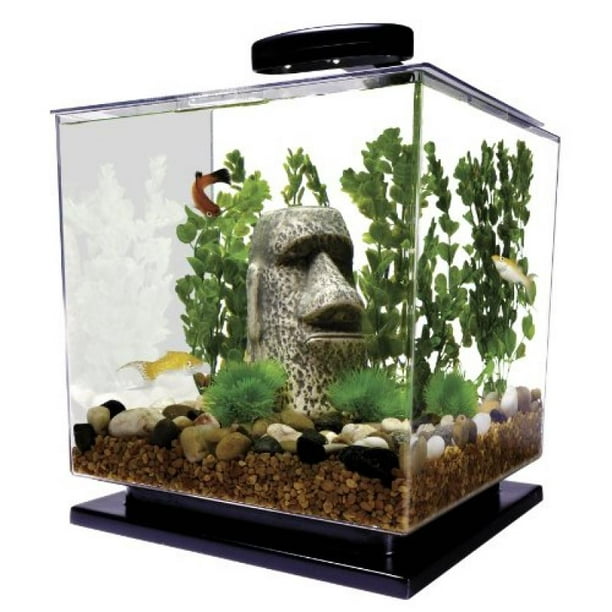Fancy Feast Classic Adult Grain-Free Seafood, Fish, Tuna and Salmon Feast Pate Wet Cat Food Variety Pack, 3 oz. Can, Pack of 30
Bring the tastes of the ocean to your cat’s dish with Fancy Feast Classic Seafood Feast Collection Grain-Free Pate Wet Cat Food Variety Pack. This soft cat food variety pack features a delicious assortment of wet cat food entrees, made with real fish and seafood! A smooth pate texture is pleasing to the palate, and the high-quality ingredients of this healthy wet cat food give you peace of mind. Add this savory wet cat food to your pet pantry today.
Bring the tastes of the ocean to your cat’s dish with Fancy Feast Classic Seafood Feast Collection Grain-Free Pate Wet Cat Food Variety Pack. This soft cat food variety pack features a delicious assortment of wet cat food entrees, made with real fish and seafood! A smooth pate texture is pleasing to the palate, and the high-quality ingredients of this healthy wet cat food give you peace of mind. Add this savory wet cat food to your pet pantry today.
- 100% complete and balanced gourmet canned cat food
- Cat food contains three different wet cat food recipes for added variety in your cat’s diet
- Smooth pate texture of wet cat food tempts cat to dish
- Essential vitamins and minerals to help support her health
- Healthy wet cat food boasts delicious flavor cats love
- High-quality recipe designed for cats
- Part of the complete line of Purina Fancy Feast gourmet wet and dry foods
Additional information
| Country of Origin | Made in USA |
|---|---|
| Flavor | Whitefish and Tuna, Cod, Sole and Shrimp, Salmon |
| Health Features | General Wellness |
| Life Stage | Adult |
| Packaged Height | 7.75 in. |
| Packaged Length | 5.5 in. |
| Packaged Weight | 6.97 lb. |
| Packaged Width | 8 in. |
| Primary Flavor | Whitefish, Shrimp, Tuna, Sole, Cod, Salmon |
| Special Diets | Grain Free |
| Texture | Pate |
| Wet Food Package Weight | 3 oz |
| Wet Food Package Quantity | 30 |
| Manufacturer Part Number | 5000058569 |












by Jennifer
My kitties love this food! So glad Tractor Supply has it so I can get their dry and wet food at the same place!
by Kelly
Bugs my cat loves the seafood variety
by Scarbo
This dog food is great and my dog. This dog food is great and my dog. This dog food is great and my dog. This dog food is great and my dog. This dog food is great and my dog. This dog food is great and my dog. This dog food is great and my dog.
by Yaya
Great price and quality